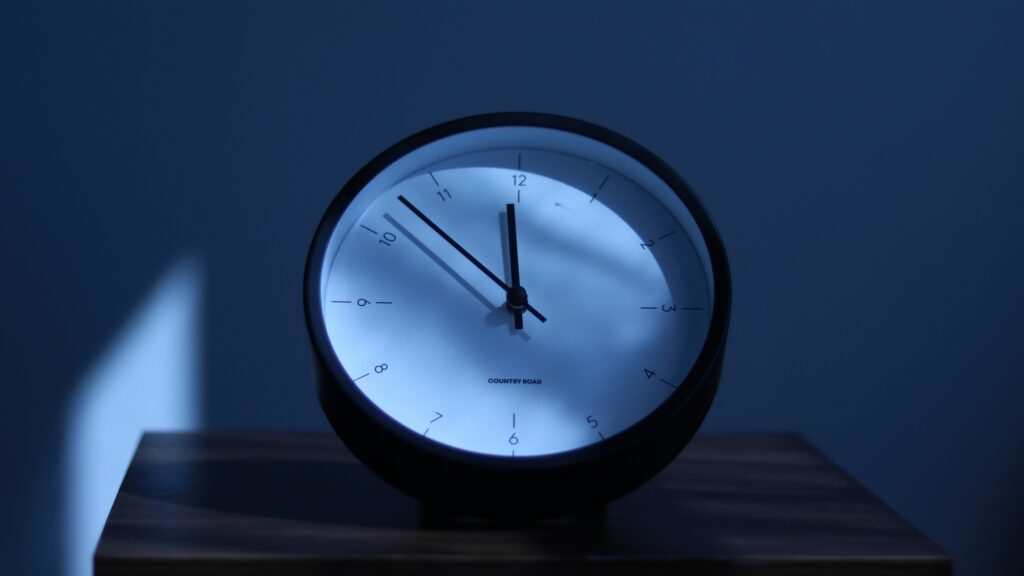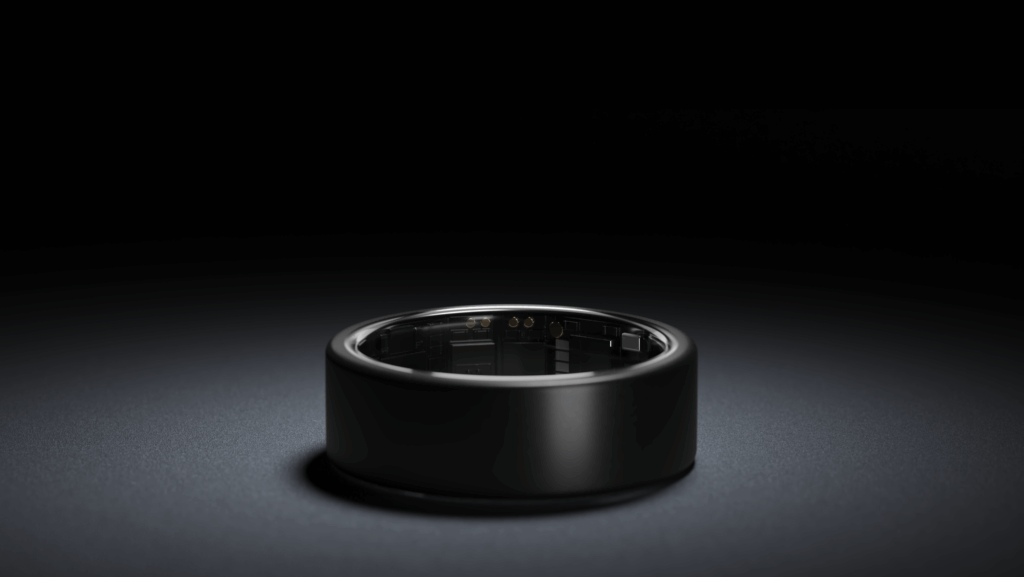Heart rate variability (HRV) is generally considered the most important marker for tracking exercise recovery. Still, very few people realize that it’s also one of the most important metrics for monitoring overall well-being. HRV reflects the health of the autonomic nervous system (ANS), which regulates crucial body functions. Its associations with heart health, stress, sleep quality and other lifestyle choices are being increasingly examined by the scientific community.
Highlights
- HRV is quite literally the time interval between consecutive heartbeats in milliseconds. The heart rate on the other hand refers to the number of times your heart beats in a minute,
- The most reliable way of measuring HRV is through an electrocardiogram (ECG) however, there are other technologies too that can help measure HRV,
- HRV has been found to vary across different stages of the sleep-wake cycle. HRV can be a reliable predictor of sleep efficiency.
What is Heart Rate Variability
According to researchers F. Shaffer and R. McCraty, HRV is the fluctuation in the time intervals between adjacent heartbeats. For example, if your heart beats at 60 beats per minute, it doesn’t mean it beats once per second. Actually, it could be beating more than once per second because there’s a small time interval between adjacent sets of heartbeats. Depending on numerous factors, that time interval can be anything like 0.8 seconds, 1.2 seconds, and so on. These changing time intervals are termed HRV. Typically, higher HRV means a healthier, more resilient body that is ready to adapt to any situation.
Difference between Heart Rate and Heart Rate Variability
- Heart rate is usually measured as the number of heartbeats per minute, say, 60 beats per minute.
- HRV measures the fluctuation of specific time intervals between successive sets of heartbeats, also known as ‘inter-beat interval’ (IBI).
A single set of heartbeats can be divided into different phases. The IBI is typically measured from the R-phase of one beat to the R-phase of the next beat. The R phase is the largest spike in a heart rate reading and is caused by the electrical signal sent across the ventricles, causing them to contract.

Heart rate and HRV have an inverse correlation. Heart rates are typically low during rest and high during activity or exertion. On the other hand, high HRV during rest and low HRV during activity indicates health and well-being.
How to measure Heart Rate Variability?
The most reliable way of measuring HRV is through an electrocardiogram (ECG) in the doctor’s office. However, due to the technological advancements in the medical field, many new apps and handy heart rate monitors have been introduced with varying degrees of accuracy over the last few years.
Other ways to track HRV
- Portable ECG monitors: An investigative review of various wearable devices showed that portable ECG monitors are the most reliable and precise for HRV measurement.
- Chest-strap heart monitor: These are the easiest and most convenient ways to measure the HRV with comparable accuracy and precision, but they need to be paired with a compatible fitness app to analyse data.
- Apps and watches: Lots of companies have launched apps and watches that can help measure HRV. These handy devices are immensely popular and, as of 2019, almost 38% of millennials owned a smartwatch or a health tracker.
HRV is a highly sensitive metric that is influenced by many factors, from genetics and different health conditions to body posture, hydration, nutrition, age and everything in between. That’s why getting an accurate measure of one’s HRV is challenging.
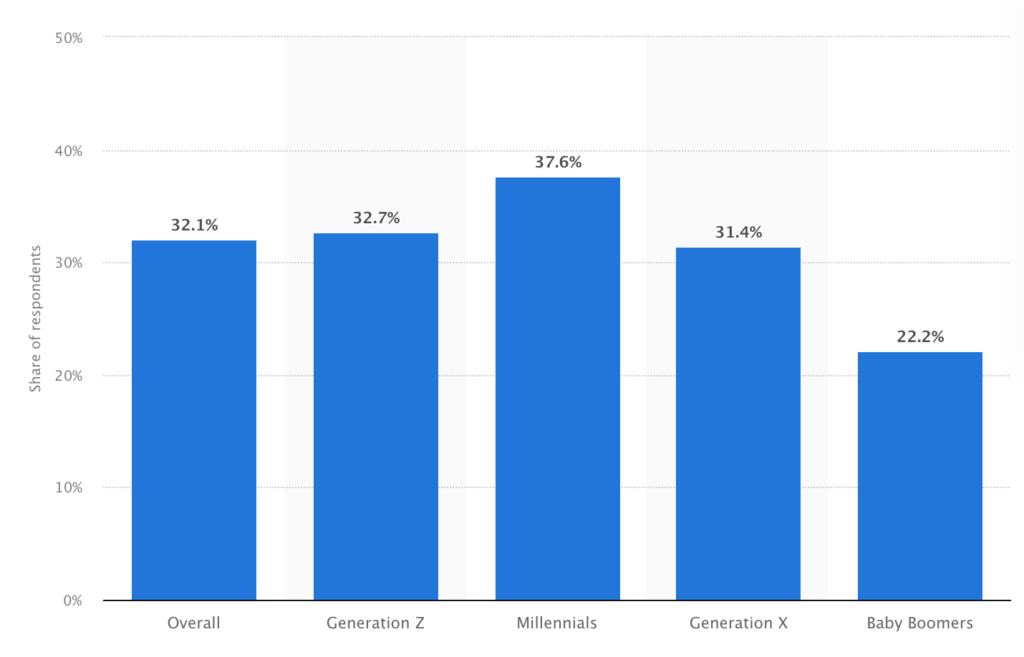
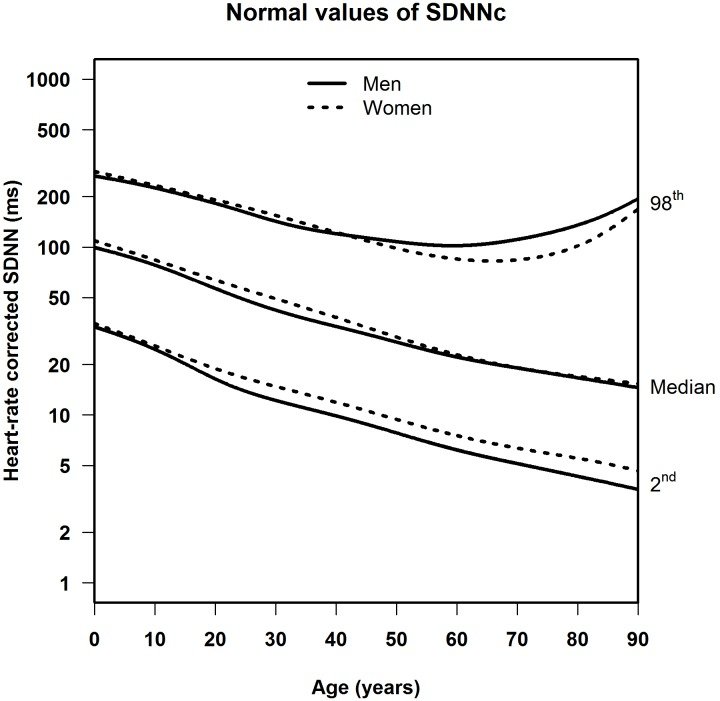
However, since HRV is acutely sensitive to an individual’s lifestyle and personal choices, it’s best to find the baseline values for an individual and keep an eye on how much those measurements deviate from the baseline on a particular day.
Why is Heart Rate Variability important
Broadly speaking, HRV is the measure of the performance of the ANS, which regulates crucial functions of the body not under voluntary control. HRV is an important marker for resilience. Let’s have a detailed look at how HRV relates to ANS and, subsequently, how the body functions and one’s lifestyle.
The autonomic nervous system
Though HRV is measured as a function of the heart rate, it originates from the ANS.
The ANS is divided into two branches:
- Parasympathetic nervous system (PNS):
This decreases the heart rate. Its main functions are to conserve energy and regulate essential body functions like digestion. These functions are also termed ‘rest and digest’ functions.
- Sympathetic nervous system (SNS):
This is widely known as a ‘fight or flight’ mechanism as it prepares the body for action under real or perceived stress. It increases the heart rate to ensure the supply of oxygen-rich blood to the entire body.
If your ANS is balanced, both its branches, PNS and SNS, compete to make the heartbeat slower and faster, respectively. This causes a fluctuation in your heart rate, leading to unequal intervals between beats, termed HRV.
Why high-resting heart rate variability is desirable
High-resting HRV means your ANS is working efficiently and can trigger the exact response you require from your body as soon as you need it. For example, if you need to be active, the SNS will take over and get you all pumped up for action. At this point, your HRV will be low because the SNS will be dominating, increasing your heart rate with somewhat-regular intervals between beats.
However, when you’re ready to relax, the PNS will counter the effects of the SNS to help you unwind and prepare your body to take a breather. At this point, a healthy body should come back to its usual baseline, i.e. high-resting HRV.
Training, heart rate variability, and an active lifestyle
A study conducted by Melo et al. found that there’s a significant difference in the HRV of active people as compared to people who lead a sedentary life when all other factors such as age, gender, height and body mass index (or BMI) were kept similar. The collected data also showed that those who lived an active life also had higher HRVs as they age as compared to those who didn’t exercise consistently. The significance of HRV for tracking performance, optimizing training, identifying overtraining and ensuring exercise recovery is well established.

HRV can drop in response to strenuous activity, but it rises again with proper rest and recovery. This way, HRV can indicate when you should rest and when you can start pushing yourself again. With successive exercise and recovery sessions, the athletic performance and baseline HRV of a person can increase, building stamina and endurance.
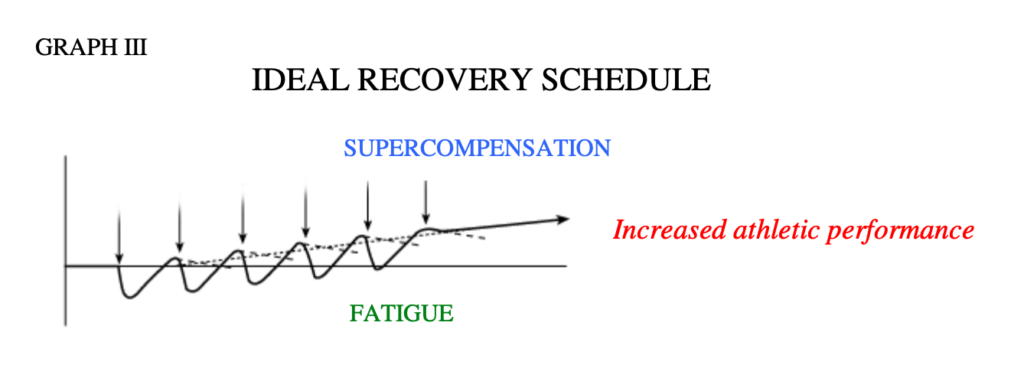
In the absence of any strenuous activity, low HRV can indicate overexertion, which can affect your performance drastically. Overtraining may be due to the duration or intensity of the workouts. Sticking to a workout schedule and gradually increasing the duration and intensity can help you train your HRV more efficiently. Athletes who overtrain without proper recovery may see a short-term increase in performance, the effects of which are reversed shortly after the training ends.
Sleep quality
HRV has been found to vary across different stages of the sleep-wake cycle. HRV can be a reliable predictor of sleep efficiency and can be used as a biomarker of sleep quality. Sleep disorders such as sleep apnea are directly linked to hypertension, breathing disorders and other changes in normal heart functions. Being a reflection of ANS, HRV is adversely affected by poor sleep. Studies show that both PNS and SNS are affected by the duration and quality of sleep.

Stress and mental health
Brain scans suggest a link between HRV and the parts of the brain that regulate our response to stressful situations. Research has shown changes in HRV in response to different stressors in the environment, such as noise, hot weather or real or perceived danger.
Since HRV is sensitive to stress, it can be an interesting and objective way to quantify emotions for those who find it difficult to express how they feel. It will also be interesting to see how mindfulness, meditation and other self-care practices affect our ANS. However, using HRV as a biomarker for the diagnosis or prognosis of mental illnesses is still debatable.
Lifestyle
Thanks to its versatile and sensitive nature, HRV can be an excellent way to track one’s overall health and well-being. Once a baseline has been established, HRV can be improved through consistent lifestyle changes over a period of time. Nutrition, hydration, physical activity, a personal loss, a new job or any significant change in one’s life or lifestyle can alter HRV.
For example, if someone changes their mealtimes or quits smoking, they should be able to start noticing a change in their HRV. If the baseline HRV improves, there’s a good chance that the activity is good for the individual’s health and wellness. Tracking one’s HRV also motivates those taking steps to adopt a healthier lifestyle.
General health
High-resting HRV suggests that the person is fit and healthy, as discussed above. If HRV remains low at rest, it means that the ANS is out of sync. For some reasons, such as disease, burnout, stress or poor health in general, the SNS can take over in order to prepare the body to fight against internal stressors.
Many studies have found HRV fluctuations in people suffering from diseases related to major organs such as the heart, lungs and kidneys. Chronic illnesses can result in constant SNS dominance, which can put the body in a continuous state of emergency, depriving it of the resources required for enjoying productive activities like work, recreation and relaxation.
Conclusion
HRV refers to the time interval between consecutive heartbeats in milliseconds. A higher HRV is desirable. Tracking HRV can indicate if the autonomic nervous system is functioning well. Moreover, measuring the HRV consistently can create awareness about the body and help people deal with everyday stressors in a healthy way. Technological advancements in recent years have increased accessibility and made it possible for people to estimate their HRV quickly through smartphones and track HRV changes for adopting a healthier lifestyle. Monitoring HRV is a great way to bring about behavioural changes.
Disclaimer: The contents of this article are for general information and educational purposes only. It neither provides any medical advice nor intends to substitute professional medical opinion on the treatment, diagnosis, prevention or alleviation of any disease, disorder or disability. Always consult with your doctor or qualified healthcare professional about your health condition and/or concerns and before undertaking a new healthcare regimen including making any dietary or lifestyle changes.
References
- Heart Rate Variability: New Perspectives on Physiological Mechanisms, Assessment of Self-regulatory Capacity, and Health Risk
- Exploring the Role of the Heart in Human Performance
- Inverse Correlation between Heart Rate Variability and Heart Rate
- Heart rate monitoring: applications and limitations
- Wearable Devices Suitable for Monitoring Twenty-Four Hour Heart Rate Variability in Military Populations






